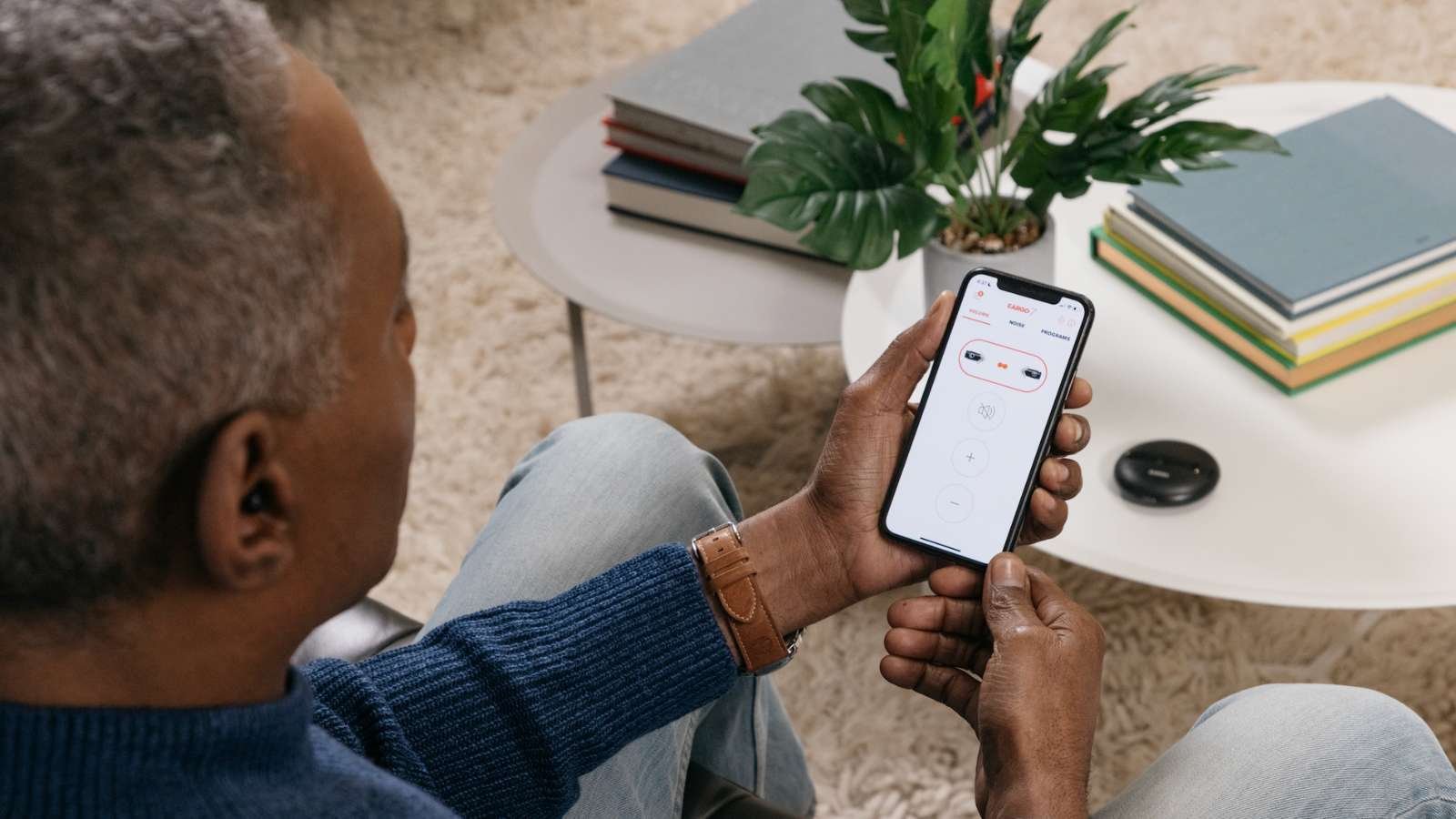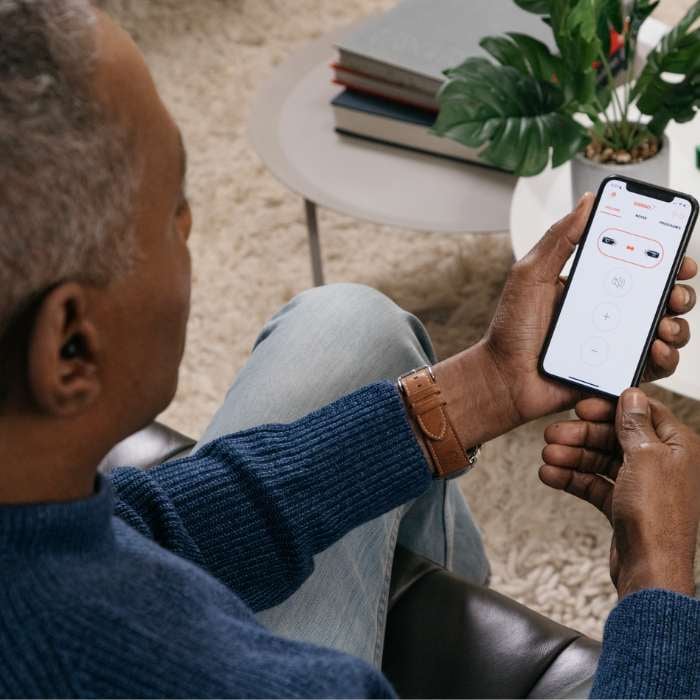In late 2022 the FDA finalized a landmark ruling that made hearing aids available over the counter. Presidents Trump, Biden, and Senators Elizabeth Warren and Chuck Grassley pushed the rare bipartisan legislation forward.
The sentiment in Washington and among consumer advocacy groups was fairly unanimous. Over-the-counter hearing aids could expand access and increase competition.
The idea behind OTC hearing aids hinges on a pretty simple hypothesis: consumers can self-fit their devices at home using smartphone technology.
Detractors said no way. The process is too complex and requires special equipment and sound-treated rooms. Advocates guess that technology could make up for that.
It has been nine months since the ruling, and I wanted to examine what we’ve learned. To do that, I teamed up with a leading OTC brand, Eargo, and sat down with Jayaganesh Swaminathan, Director of Acoustics and Clinical Research & Development.
Self-Fitting Study

The Clinical Science team at Eargo conducted a registered clinical trial in collaboration with the University of Minnesota to validate the effectiveness of Eargo’s self-fitting strategy. Specifically, the studies focused on one central question: how does Self-Fitting compare to professional fitting by an audiologist?
To conduct the study, Eargo and its university partners recruited several individuals with hearing loss and with varying levels of hearing aid experience. They had each participant take a hearing test in a sound-treated booth under the direction of an audiologist. Those same participants took Eargo’s onboard SoundMatch test in a quiet room without Audiologist supervision.
Next, university researchers split the study into two groups. One group received devices professionally programmed by an audiologist to match their sound-booth test. The second group received devices programmed by Eargo’s onboard algorithm. Both groups received the same hardware. After two to three weeks of device wear, the groups wore the device with the other fitting approach.
At the end of each fitting period,the university measured actual sound output by the hearing-aid in the ear-canal using Real Ear Measurements and compared the results between the two fitting methods. They also measured speech understanding in quiet and in noisy listening situations for both fitting approaches. Interestingly, they found that consumers rated both fitting approaches similarly - no statistically significant differences were observed between the two fitting approaches. In fact, in some cases, Eargo’s built-in test and algorithm did better than hand-programmed devices by an Audiologist.
.jpg)
How is this possible?
Eargo believes we are seeing the early manifestations of technology at work. Eargo’s algorithm has tens of thousands of data points to draw from and machine-level accuracy.
Want to go deeper? 🤓You can read Eargo’s full study results in their public FDA 510(k) documents here.
Real-World Perceptions

The study went a step further. Using laboratory measures, the study first showed that the devices self-fit by the users performed just as well as the same devices fit by an audiologist. But what about in the real world? Participants were sent home with their devices for two-three weeks and then asked a series of questions about real-world performance using a clinically validated questionnaire. Again, the results were statistically a match.
What does this mean for hearing aid wearers?
It certainly doesn’t mean that professional services from audiologists are less important, far from it. The audiology field faces a critical talent shortage and a growing population of individuals who need their assistance. Audiologists play numerous roles, from complex case management to counseling.
What seems evident is that self-fitting technology like Eargo’s SoundMatch could provide a welcome access point for budget-conscious shoppers or folks in rural areas without good access.
Over-the-counter hearing aids and self-fitting technology are still in their early days, but early research consistently shows that at-home fitting can provide impressive results.
For the readers of this site, that's an exciting proposition.






